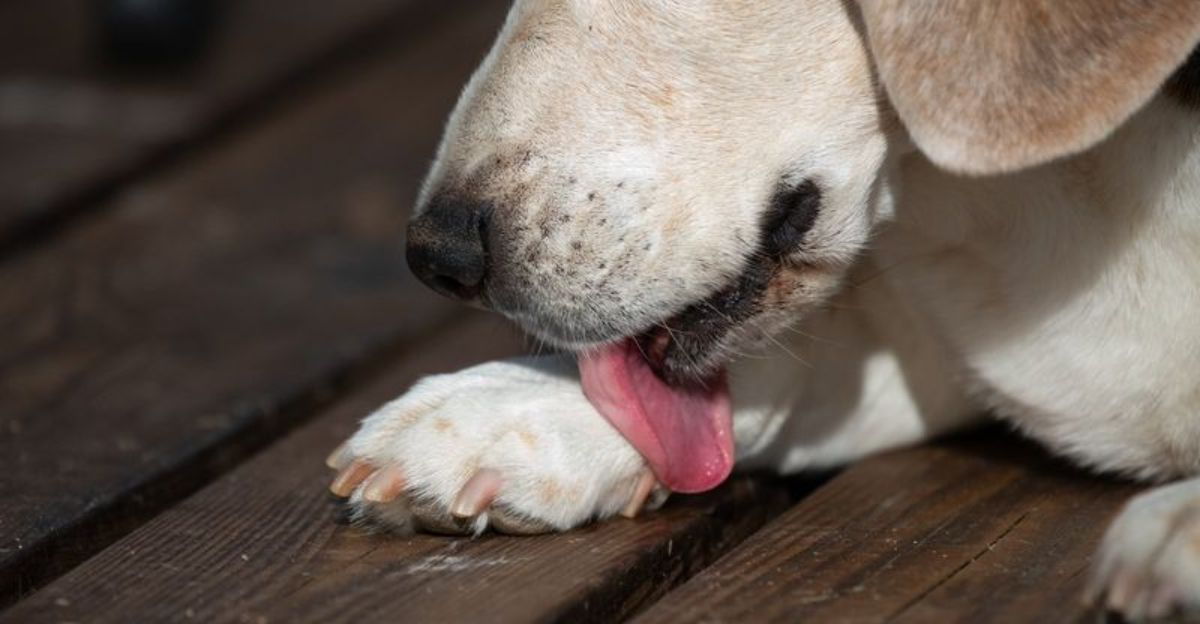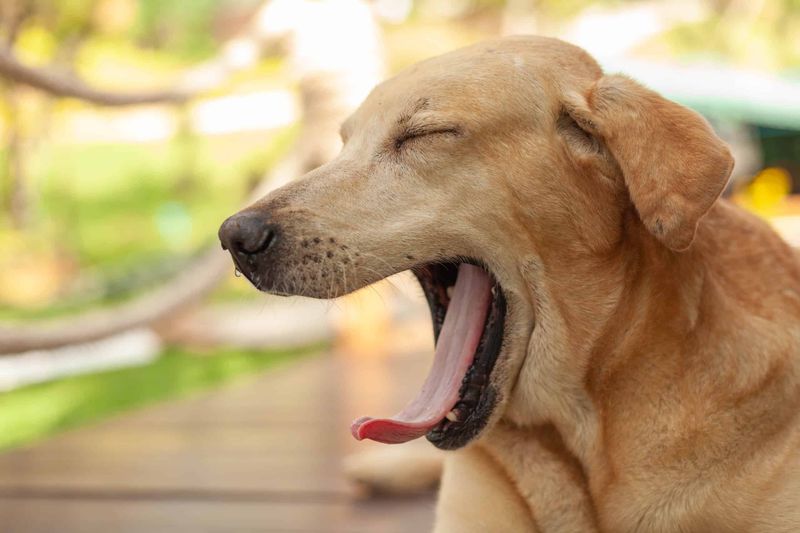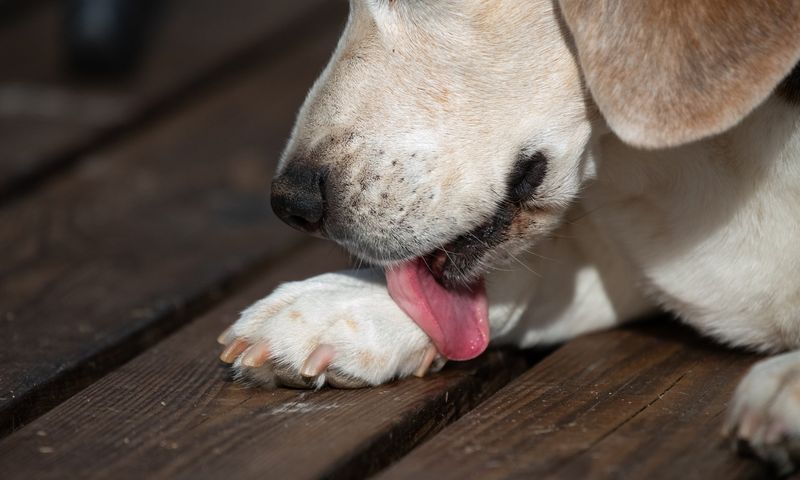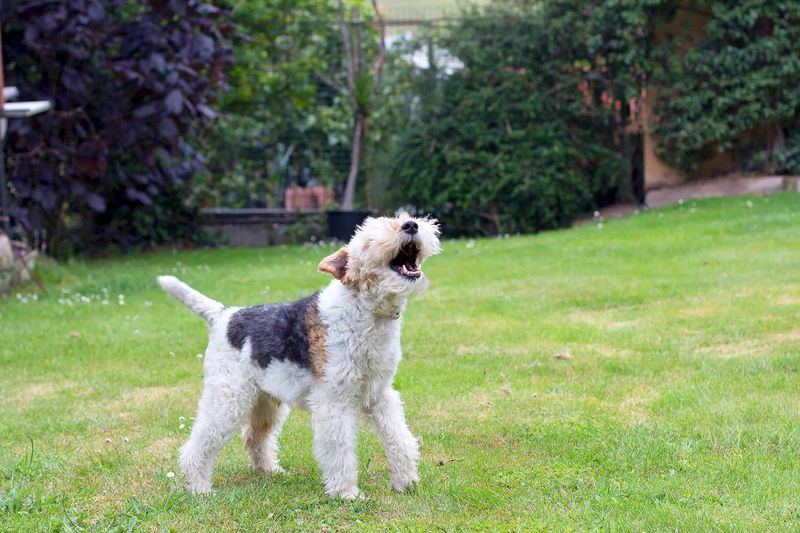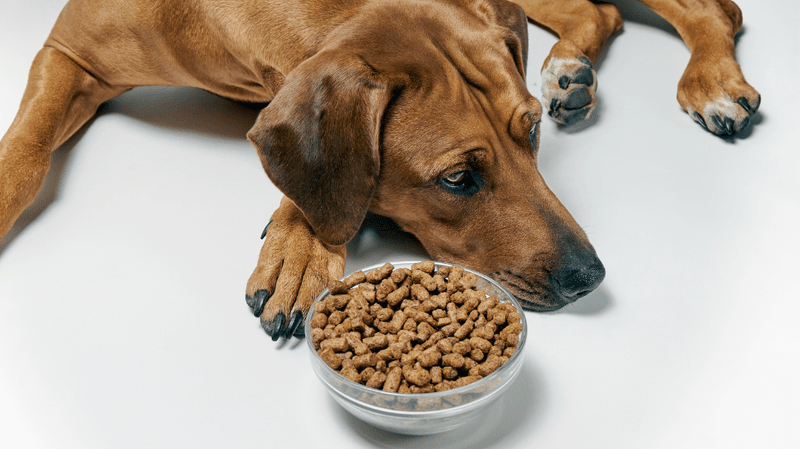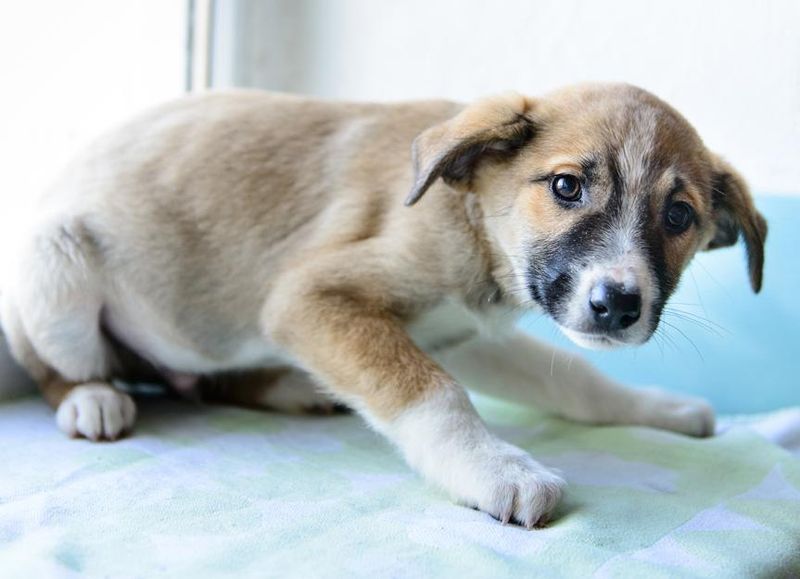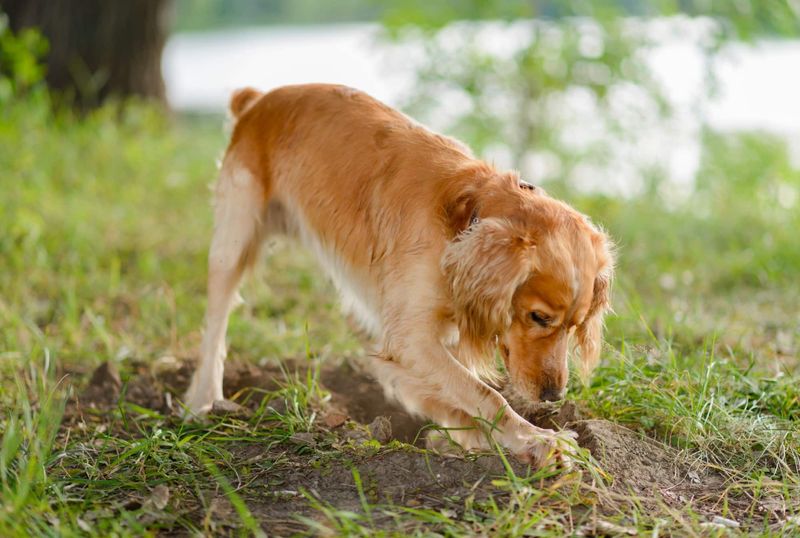As pet owners, we strive to provide the best for our furry companions. However, understanding their subtle signals can be a challenge. Dogs, like humans, experience stress, and it’s crucial to recognize these signs to address their needs promptly. Here are 15 often overlooked indicators that your dog might be stressed.
Yawning Frequently
While a yawn might seem like an ordinary expression of tiredness, in dogs, it can signal something else. Frequent yawning in pups can indicate stress or confusion, especially in unfamiliar environments. Imagine a dog at a bustling park, surrounded by new sights and sounds, repeatedly yawning as it tries to make sense of the chaos. This act of yawning helps them to calm down. Consider the context in which the yawning occurs. If it’s not sleep-related, it might be an emotional response that deserves attention.
Avoiding Eye Contact
Dogs communicate volumes with their eyes, and avoiding eye contact can be a significant cue. If your usually sociable pooch suddenly starts looking away, it could be grappling with stress. This behavior often surfaces in uncomfortable situations or around unfamiliar people. Picture a shy dog at a crowded gathering, choosing to look at the floor rather than meet a stranger’s gaze. It’s a classic sign of submission or anxiety. Understanding this signal helps in providing reassurance and comfort to your loyal friend.
Pacing Restlessly
Restless pacing can be more than a simple need for exercise. When a dog paces back and forth, it could be trying to communicate unease or anxiety. Visualize a dog nervously moving around a room before a thunderstorm. This repeated pattern stems from discomfort and can be a way for dogs to manage their stress. It often occurs when they are separated from their owner. Observing such behavior in context can be quite enlightening, highlighting the importance of a stable environment for your pet’s peace of mind.
Excessive Drooling
Drooling is a natural process for certain breeds, but excessive amounts can raise an alarm. If your dog suddenly begins drooling more than usual, it might be experiencing stress. Imagine your furry friend on a trip to the vet, drooling as anxiety builds up. This can be coupled with other signs like panting or whining. Monitoring your dog’s drooling patterns can help identify stress triggers, like loud noises or car rides. It’s important to differentiate between normal drooling and stress-induced moisture.
Panting Heavily
Panting is a common method for dogs to cool down, but when it occurs without physical exertion or heat, it might indicate stress. Envision a dog panting heavily at a family gathering, overwhelmed by the crowd. This behavior often accompanies whining or pacing. Dogs pant to regulate their breathing in stressful situations, trying to find calm. Identifying the context and environment where this panting occurs is crucial in understanding your pet’s emotional state.
Excessive Shedding
Shedding is as natural to dogs as wagging their tails, but excessive fur loss can signal stress. Consider a dog that starts shedding more than usual after a major life change, like moving homes. Stress-induced shedding is often overlooked but can be a tangible indicator of anxiety. Dogs might experience this when left alone for long periods or introduced to new surroundings. Paying attention to patterns in shedding can help identify stressors and ensure your pet’s comfort and well-being.
Excessive Licking
With a tongue that’s always on the move, dogs often lick to groom or taste the world around them. However, excessive licking can be more than just a quirky habit. It might be a sign of anxiety or stress, especially if it’s focused on a particular area. Constant licking can lead to raw skin or hair loss, indicating a deeper issue. You might notice this behavior after a move or a change in routine. Pay attention to whether the licking is self-soothing. It might be time to consult a vet if it becomes relentless, ensuring your dog’s comfort.
Barking Unnecessarily
Barking is a dog’s way of communicating, but when it becomes incessant without an apparent cause, it may indicate stress. Visualize a small dog barking at shadows, seemingly alert to unseen threats. This anxiety-driven vocalization often happens in response to a perceived threat or change in environment. Understanding when and where this behavior occurs can help address the root cause, providing reassurance to your furry friend. It’s essential to distinguish between normal alertness and stress-induced barking.
Hiding or Withdrawing
Some dogs become introverted when stressed, choosing to hide or withdraw from social interactions. Picture a dog retreating under a table during a noisy family event, seeking solace in solitude. This behavior may be a coping mechanism to escape overwhelming situations. It’s essential to respect their space while gently encouraging them to engage. Understanding this withdrawal can help in easing their stress, ensuring they feel secure and loved. Recognizing such signs is a step towards a compassionate pet-parent relationship.
Loss of Appetite
It’s concerning when a dog suddenly loses interest in food, which can often be a sign of stress. Imagine a pet that usually gobbles up its meals, now sniffing and walking away. Stress can dampen a dog’s appetite, especially if it’s linked to changes in environment or routine. This behavior might occur during travel or when introduced to new family members. Monitoring their eating habits can provide insights into their emotional health. Addressing the root cause can help bring back their usual enthusiasm for food.
Whining or Whimpering
Whining or whimpering is a vocal indication that something is wrong. Dogs use this to express discomfort or seek attention. Picture a Cocker Spaniel sitting by the door, softly whining in distress due to separation anxiety. This vocalization can be more pronounced in unfamiliar settings or when left alone. It’s crucial to pay attention to when and why this occurs, as it can be a call for help or comfort. Recognizing these cues can enhance the bond between you and your pet.
Chewing Destructively
Chewing is natural for dogs, but when it becomes destructive, stress might be the culprit. Envision a Dalmatian gnawing on furniture when left alone, channeling its anxiety into this destructive behavior. Dogs might resort to chewing to cope with boredom or loneliness. This can often be seen in dogs suffering from separation anxiety. Providing chew toys and ensuring adequate mental stimulation can help alleviate this behavior, keeping both your belongings and your pet safe and happy.
Trembling or Shaking
Trembling or shaking can be more than a response to cold; it might indicate stress or fear. Picture a small Pomeranian shaking in a bustling street, overwhelmed by the noise and activity. This behavior can also stem from specific phobias, like thunderstorms or fireworks. Recognizing the source of your dog’s trembling is essential in providing comfort and reassurance. Understanding that this is a common reaction to stress can help you respond appropriately, ensuring your pet feels safe.
Unusual Aggression
Even the gentlest dogs can show aggression when stressed. Imagine a German Shepherd barking at its reflection, perceiving it as a threat. Stress-induced aggression can be directed towards other animals, people, or even inanimate objects. This behavior might surface when a dog feels trapped or threatened. It’s crucial to identify the triggers and manage the environment to prevent escalation. Addressing this promptly with positive reinforcement can help in mitigating stress and fostering a peaceful coexistence.
Digging Uncontrollably
Digging is a natural instinct, but when it becomes uncontrollable, it may signal stress. Picture a Jack Russell Terrier digging relentlessly in the yard, focused on its task. This behavior can emerge from boredom, anxiety, or the need to escape a stressful situation. Dogs may dig to create a safe space or to find comfort. Understanding the underlying reasons and providing alternative activities can help redirect this behavior. Ensuring your pet’s environment is enriching and stress-free can curb this instinctive behavior.
